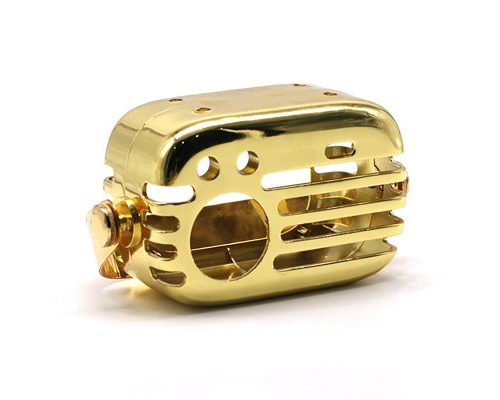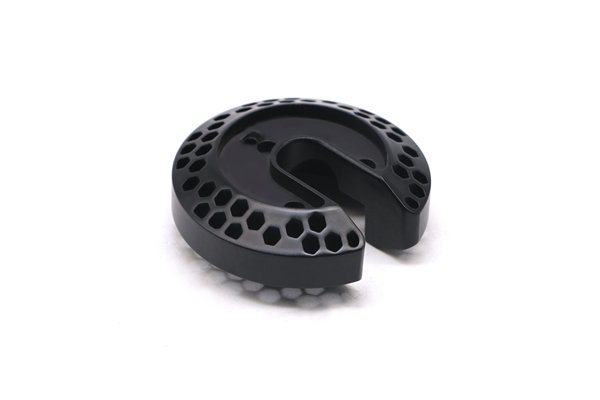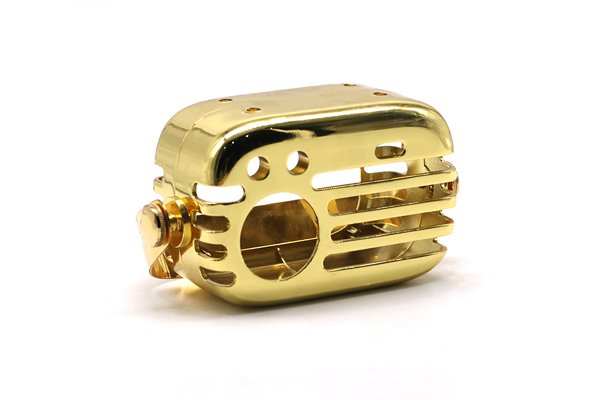Ever peeked inside a finely made mechanical watch and marveled at how all those tiny gears fit together seamlessly? That’s what precision engineering is all about, folks! In the world of manufacturing, surface finishes can make or break the quality of a product. And when we talk about materials like aluminum, the conversation takes on its own flair. Today, we’re diving deep into an incredibly vital aspect of CNC machining—specifically, how the RA 0.8 surface roughness impacts aluminum CNC machining quality. So, grab a cup of coffee, and let’s get started!
What is CNC Machining?
CNC, or Computer Numerical Control machining, is like having a robot in your workshop that executes your every command with precision and grace. Imagine a skilled artisan, but instead of a human hand, you have cutting tools and sophisticated software doing the work. By converting designs from CAD (Computer-Aided Design) applications into precise movement, CNC machines deliver high-quality parts at an unmatched speed.
How it Works: The Premise Behind CNC
The magic happens when a programmed computer tells a machine to move tools precisely along a series of paths to carve out the desired shape from a block of material—be it aluminum, steel, or even plastic. It’s like dancing on a stage, and those coordinates are the choreography. But here’s a fun fact: the quality of the end product is often determined by one pivotal factor: surface roughness.
Understanding Surface Roughness: What is RA 0.8?
So, what’s this RA 0.8 all about? Surface roughness refers to the texture of a surface; it’s how rough or smooth it is. Think of it as the touch of a fabric—some are soft and silky (smooth), while others are coarse and rugged (rough). In the realm of machining, this texture is measured numerically. The term “RA” stands for “Roughness Average,” which quantifies the average deviations of surface irregularities over a certain length.
An RA 0.8 finish means that the surface has an average roughness of 0.8 micrometers (µm), which sits right at the threshold of being incredibly smooth. Imagine a serene lake that reflects the sky at dawn—this is the kind of finish we’re talking about. Now, here’s the kicker: achieving such a quality finish isn’t merely a cosmetic concern. It plays a vital role in functionality.
Why Does Surface Roughness Matter?
Your machined part isn’t just a pretty face. Think of it as a race car; aerodynamic design (or smooth surfaces) can drastically improve its performance. Similarly, in engineering marvels—be they parts of an engine or components of precision instruments—surface finish can impact friction, wear rates, and even thermal properties.
The Power of Smoothness
Imagine sliding your hand over a glass surface versus a sandpaper-like texture. You’ll note that the glass glides effortlessly while the sandpaper grates against your skin. In CNC machining, a smoother surface will have lower friction when in contact with other components, leading to better performance over time.
We all know first impressions count, right? When you present a product, its appearance matters, and guess what? Surface finish is often the first thing people notice. An RA 0.8 finish gives your part that polished, professional look, akin to how a shiny new car glimmers in the sun.
Ever notice how some materials show signs of wear more than others? It’s not just about the hardness of the material; surface roughness plays a pivotal role in a component’s longevity. Parts with a finer finish, like those achieving RA 0.8, are less prone to trap dirt and debris, leading to reduced wear over time.
The Manufacturing Process: Achieving RA 0.8
Now, let’s get our hands dirty (figuratively speaking) and explore how engineers achieve this touch of perfection.
Just like a chef needs the right knives, achieving RA 0.8 requires specialized CNC tools. High-quality cutting tools can make all the difference, as they leave finer cuts and reduce the chances of tool wear that might result in increased surface roughness.
Techniques like finishing passes—where the CNC machine makes multiple, lighter cuts rather than one heavy cut—are pivotal. This approach is akin to polishing a diamond; the more you refine it, the more it shines.
The Dance of Feed Rate and Speed
Let’s talk about the intricate ballet performed by feed rate and spindle speed during machining. Higher speeds can create smoother finishes, but here’s a heads-up—too much speed can generate heat, causing unwanted issues like tool wear and changes in material properties. Balancing this dance takes skill and experience.
After the machining process, inspection is paramount. Think of this as a painter stepping back to evaluate a masterpiece. Tools like surface roughness testers can quickly identify if your part has achieved the desired RA 0.8 finish.
The Importance of Material Choice: Aluminum

When it comes to choosing a material for CNC machining, aluminum is often favored for several reasons:
Aluminum is like the superhero of materials: strong yet light, making it perfect for applications in the aerospace, automotive, and consumer goods industries.
Aluminum has a natural oxide layer, making it resistant to environmental threats. Imagine it as a tough armor protecting against the elements.
What sets aluminum apart? Its machinability is stellar—meaning it can be easily shaped, cut, and polished without crumbling or suffering from wear.
Real-World Applications
Let’s delve into where achieving RA 0.8 makes waves in the real world:
In the aerospace industry, precision is non-negotiable. Parts that fail or aren’t aerodynamically smooth can have catastrophic consequences. An RA 0.8 finish ensures that aircraft parts like brackets and housings operate seamlessly in the sky.
Ever glanced under the hood of a luxurious car and admired the engineering marvels? High-performance vehicles rely on tightly fitted parts to ensure smooth operation, with the right surface finishes playing a crucial role.
Ever held a sleek smartphone? That glossy finish isn’t just for show; it ensures that all internal components fit snugly while providing texture for a better grip.
Troubleshooting Common Issues in Achieving RA 0.8
Even the best laid plans can hit bumps along the road. Let’s take a moment to address common hurdles:
Sometimes, despite our best efforts, we might end up with unintended scratches or marks. This can occur due to improper tool usage, so it’s vital to regularly check your CNC tools. Think of it as getting your oil changed regularly to keep your car performing well.
Not all aluminum is created equal. Variations in alloys can lead to different machining responses. Always verify material specifications with suppliers, so you don’t find yourself in a pickle later!
A well-tuned CNC machine is akin to a well-oiled engine. Ensure that your machines are regularly calibrated to avoid any inconsistency in the finished product.
Conclusion
Achieving an RA 0.8 surface roughness in aluminum CNC machining isn’t merely about chasing aesthetics; it’s key for functionality, performance, and longevity. It’s about making sure those tiny gears in that dream watch are all working together harmoniously.
By employing the right techniques, choosing the best tools, and maintaining a keen attention to detail, every manufacturer can deliver high-quality components that stand the test of time—and perhaps even grace the pages of engineering accolades.
So, the next time you come across an aluminum part—whether it’s in a car, an airplane, or your phone—take a moment to appreciate the meticulous journey it took to achieve that flawless finish. After all, beneath that sleek surface lies a world of precision and craftsmanship waiting to be admired!



